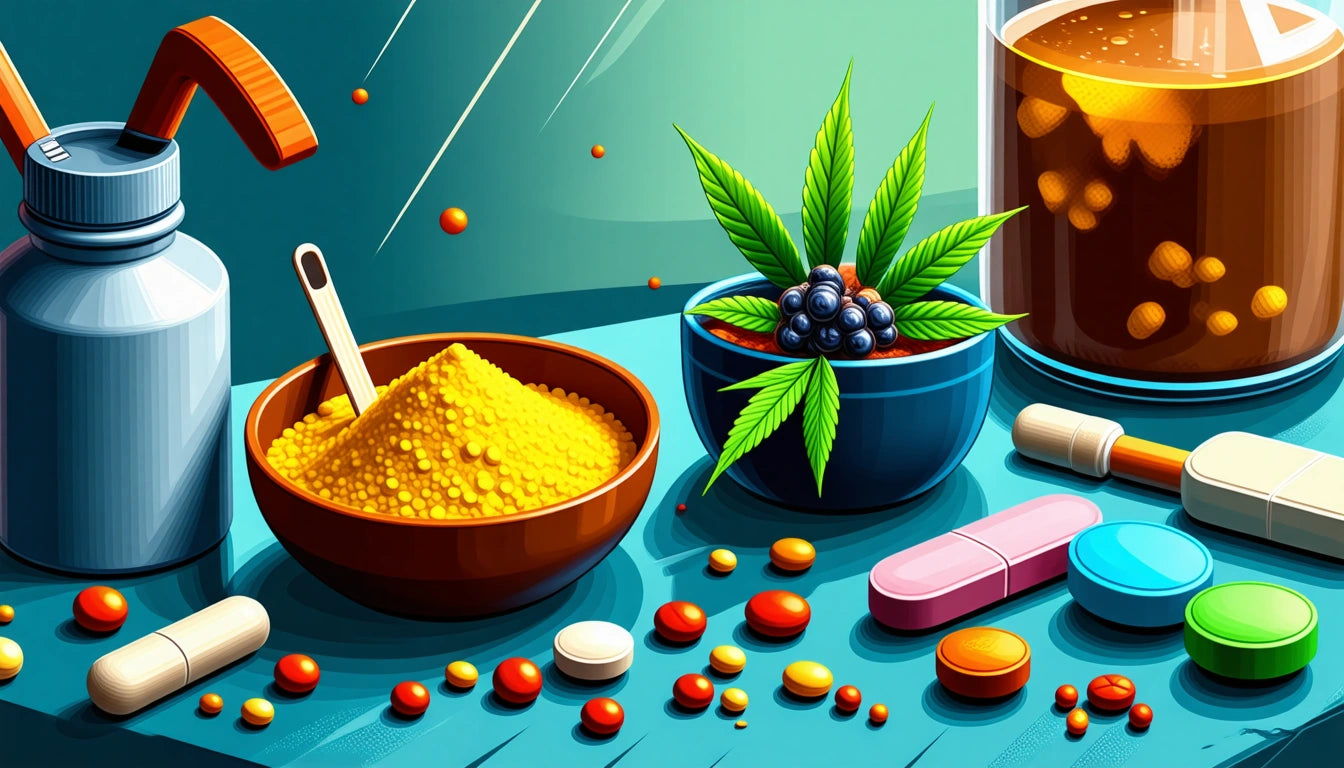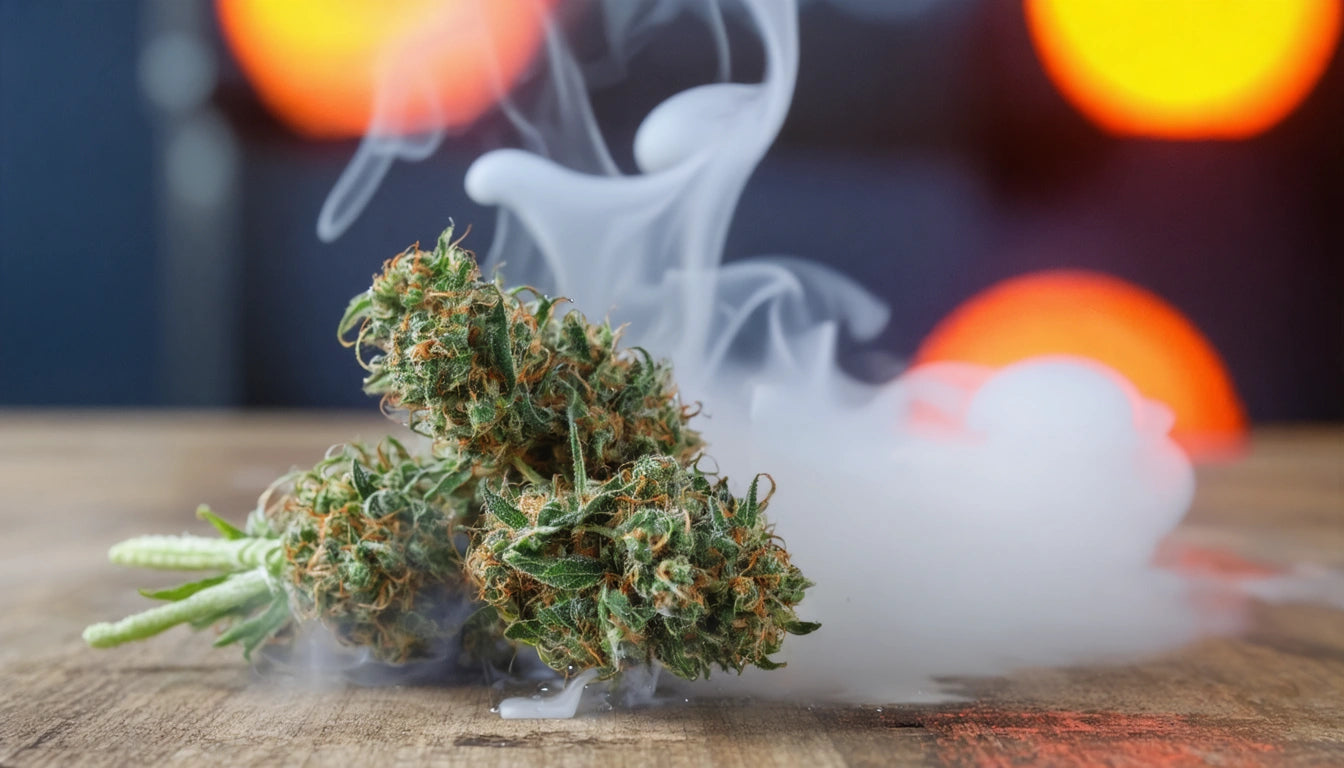Can You Get High from Weed? Exploring the Effects and Myths
Cannabis has been used for recreational and medicinal purposes for thousands of years, yet misconceptions about how it affects the body remain widespread. The question "does weed get you high?" seems straightforward, but the answer involves understanding complex biological interactions, consumption methods, and individual factors that influence the experience.
How Cannabis Produces Psychoactive Effects
Cannabis contains over 100 cannabinoids, with delta-9-tetrahydrocannabinol (THC) being the primary compound responsible for psychoactive effects. When consumed, THC binds to cannabinoid receptors in the brain and central nervous system, triggering the release of dopamine and creating the sensation commonly known as being "high."
According to this comprehensive guide on how weed gets you high, the method of consumption significantly impacts how quickly and intensely these effects are felt. Inhalation methods like smoking or vaping deliver THC to the bloodstream through the lungs almost immediately, while edibles must be processed through the digestive system and liver, resulting in delayed but often more potent effects.
Common Myths About Getting High
Many misconceptions exist about what can and cannot cause cannabis intoxication. Let's examine some common questions and separate fact from fiction.
Can You Get High from Smelling Weed?
The short answer is no. While cannabis has a distinctive aroma from terpenes and other compounds, simply smelling unburned cannabis flower will not get you high. The THC in raw cannabis exists primarily in its non-psychoactive acid form (THCA) and requires heat to convert to its active form through a process called decarboxylation.
Even when around burning cannabis, the amount of THC that could potentially be inhaled through secondhand smoke is minimal in well-ventilated areas. Research on unexpected cannabis effects indicates that environmental exposure rarely results in detectable impairment.
Can You Get a Contact High?
The concept of a "contact high" refers to experiencing psychoactive effects from being in proximity to cannabis smoke without directly consuming it. While technically possible in extreme circumstances (small, unventilated rooms with heavy smoke), most reported contact highs are more likely due to the placebo effect or minimal THC absorption.
Studies show that secondhand exposure in ventilated spaces typically doesn't result in enough THC absorption to cause impairment or positive drug tests. However, proper storage in smell-proof packaging solutions like mylar bags can help cannabis users minimize ambient odor and reduce concerns about secondhand exposure.
Do Weed Seeds and Leaves Get You High?
Another common question is whether weed seeds or fan leaves can produce psychoactive effects. Cannabis seeds contain virtually no THC and will not get you high regardless of how they're consumed. Fan leaves contain minimal amounts of THC compared to flower buds, making them ineffective for producing significant psychoactive effects.
As explained in this article about smoking cannabis stems, the non-flower parts of the plant contain substantially lower cannabinoid concentrations, with stems and seeds offering little to no psychoactive potential.
Factors That Influence Cannabis Effects
The experience of being high varies significantly based on several factors:
- Potency and strain: THC percentage and cannabinoid/terpene profiles significantly impact effects
- Consumption method: Smoking, vaping, edibles, and topicals each produce different onset times and effect durations
- Individual biology: Metabolism, body weight, and endocannabinoid system sensitivity create different experiences
- Tolerance: Regular users typically require more THC to achieve the same effects
- Set and setting: Mental state and environment influence the subjective experience
This detailed exploration of cannabis components explains how different cannabinoids and terpenes can create varied effects, from the energizing qualities often associated with sativa strains to the relaxing properties commonly found in indicas.
What a Cannabis High Actually Feels Like
For those wondering "what is a weed high like," the experience typically includes several potential sensations:
Euphoria and elevated mood are common, often accompanied by altered sensory perception where colors may seem brighter or music more immersive. Many users report enhanced creativity and novel thought patterns, while time perception frequently slows down. Physical effects can include relaxation, increased appetite ("the munchies"), and sometimes dry mouth or red eyes.
Different strains produce varying effects. For example, some users report certain varieties make them feel more energetic or "hyper," while others induce deep relaxation or sleepiness. This article on cannabis myths and physical performance examines how different strains affect energy levels and physical capabilities.
Responsible Consumption and Storage Practices
Understanding cannabis effects is essential for responsible use. For those who choose to consume, starting with low doses and slowly increasing is recommended, especially for inexperienced users or when trying new products.
Proper storage is equally important. Cannabis should be kept in child-resistant containers away from pets and children. Using specialized packaging like odor-controlling storage bags not only preserves potency but also minimizes unwanted exposure to others through smell.
For those concerned about accidental consumption, it's worth noting that eating raw cannabis typically doesn't produce psychoactive effects since the THC exists in its non-activated THCA form. However, decarboxylated cannabis (heated or processed) in edibles can produce strong and long-lasting effects when ingested.
By understanding the science behind cannabis effects and dispelling common myths, consumers can make more informed decisions about whether, how, and when to use cannabis products. Whether for medicinal or recreational purposes, knowledge about how cannabis interacts with the body is the foundation for safe and effective use.











Leave a comment
All comments are moderated before being published.
This site is protected by hCaptcha and the hCaptcha Privacy Policy and Terms of Service apply.